 |
| Pablo Picasso, Portrait of Dora Maar (1937) |
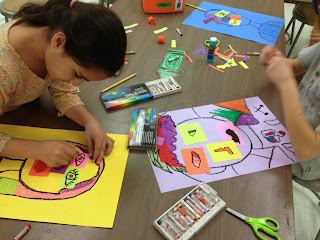

 |
| Dorie, 3rd grade (Lutz) |
 |
| Kiran, 3rd grade (Monfette) |
 |
| Nola, 3rd grade (Lutz) |
 |
| Sona, 3rd grade (Monfette) |
 | |
| Andrew Parker, 3rd grade (Donato) |
 | ||
| Emily, 3rd grade (Stone) |
 |
| Pablo Picasso, Portrait of Dora Maar (1937) |


 |
| Dorie, 3rd grade (Lutz) |
 |
| Kiran, 3rd grade (Monfette) |
 |
| Nola, 3rd grade (Lutz) |
 |
| Sona, 3rd grade (Monfette) |
 | |
| Andrew Parker, 3rd grade (Donato) |
 | ||
| Emily, 3rd grade (Stone) |


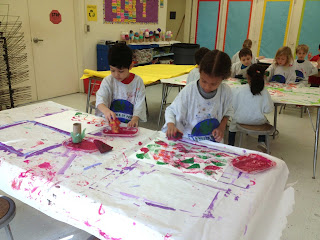

 |
| Amelia, PK (Mattson) |
 |
| Rand, PK (Mattson) |
 |
| James, Kindergarten (Martignetti) |
 |
| Arthur, Kindergarten (Tan) |
 |
| Bianca, Kindergarten (Tan) |
 |
| Carson, Kindergarten (Bolton) |
 |
| Calvin, Kindergarten (Martignetti) |


 |
| Yassine, 3rd grade (Stone) |
 |
| Domenic, 3rd grade (Donato) |
 |
| Liliana, 3rd grade (Fletcher) |
 |
| Lucas, 3rd grade (Lutz) |
 |
| Tessa, 3rd grade (Lutz) |
 |
| Jessica, 3rd grade (Lutz) |
 |
| Safa, 3rd grade (Monfette) |
 |
| Christos, 3rd grade (Fletcher) |
 |
| Jaylyn, 3rd grade (Monfette) |
 |
| Kate S., 3rd grade (Lutz) |
 |
| Naomi, Kindergarten (Bolton) |



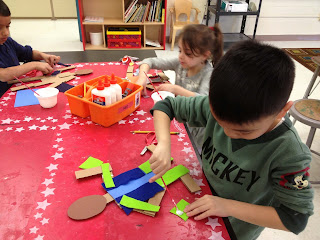

 |
| Mary Kate, Kindergarten (Segreve) "I am swimming." |
 |
| James, Kindergarten (Martignetti) "I am playing basketball." |
 |
| Tyler, Kindergarten (Tan) "I am twirling." |
 |
| Gigi, Kindergarten (Segreve) "I am swimming." |
 |
| Jayden, Kindergarten (Martignetti) "I am running." |
 | |
| Gino, Kindergarten (Martignetti) "I am doing a cartwheel." |
 |
| Adriana, Kindergarten (Bolton) "I am doing ballet." |
 |
| Carson, Kindergarten (Bolton) "I am playing baseball." |
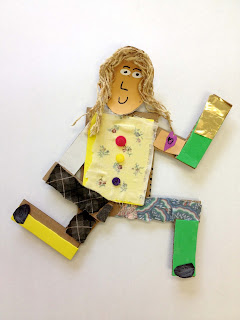 | |
| Brook, Kindergarten (Martignetti) "I am running." |



 | |
| Gabby, 1st grade (Massa) |
 | ||
| Elizabeth, 1st grade (Massa) |
 |
| Mary, 1st grade (Massa) |
 |
| Lucas, 1st grade (Salvucci) |
 |
| Ella, 1st grade (Mandile) |
 |
| Ethan S., 1st grade (Landay) |
 |
| Willa, 1st grade (Torchio) |
 |
| Kaylee M., 1st grade (Salvucci) |
 |
| Lily, 1st grade (Massa) |
 |
| Shane G., 1st grade (Mandile) |
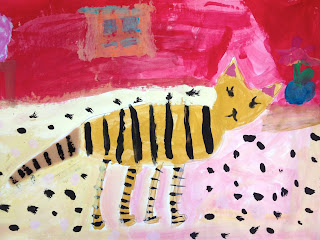 |
| Mera, 1st grade (Landay) |
 |
| Noah, 1st grade (Salvucci) |
 |
| Nico, 1st grade (Mandile) |
| Perin, 1st grade (Landay) |
| NJ, 1st grade (Salvucci) |